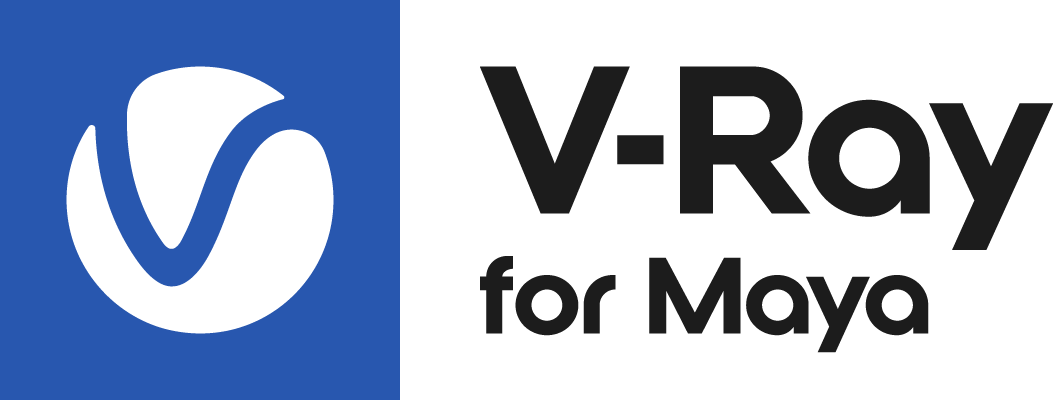This page provides information on the USD import and export workflows in V-Ray for Maya.
Starting with V-Ray 6, update 2 the default USD translator becomes Hydra compatible.
Import Workflow
USD files can be loaded in Maya and rendered with V-Ray using the MayaUSD plugin with mayaUsdProxy nodes.
We recommend following a standard workflow with MayaUSD when rendering with V-Ray. See the video for more.
- In Maya, go to Create > Universal Scene Description (USD) > Stage From File...
- Locate the desired USD file in the directory window.
- Click on Create.
Importing V-Ray materials using USD files
The standard workflow imports V-Ray materials as Maya materials.
- V-Ray materials that are exported as USD files can be imported into Maya as native V-Ray materials using the mayaUSDImport command.
mayaUSDImport -file "/path/to/file.usd" -primPath "/" -shadingMode "vray" "none"
Alternatively, there is an interface menu equivalent to the mayaUSDImport command. To import a USD file with native V-Ray materials, go to File > Import. In the pop-up menu, set the File Type to USD Import. Set the Plug-in Configuration to V-Ray.
Importing V-Ray Physical Cameras using USD files
USD files can be used to import V-Ray Physical Cameras and all their attributes using the mayaUSDImport command.
mayaUSDImport -file"/path/to/file.usd" -primPath "/"
If you are using a zip-installed V-Ray 5, update 2, for Maya or newer, make sure to set up the PXR_PLUGINPATH_NAME environment variable. Otherwise, exporting and importing V-Ray Physical Cameras is impossible. For more information on setting up environment variables, please visit the Installation from zip page.
Export Workflow
In the File > Export All Options window, set the File Type to USD Export and choose whether the materials are exported as USD Preview Surface or as V-Ray materials. You can export all materials in the scene as one or multiple types of networks.
Alternatively, you can use the V-Ray menu's Export Materials to USD option. For more information, please visit the Export Materials to USD page.
Exporting lights to USD does not require the V-Ray Material Exporter to be selected in the Export to USD menu.
Disable the Merge Transform and Shape Nodes option from the Advanced rollout for a cleaner hierarchy, export, and correct rendering of VRaySubdivisions.
Working with Multiple UVs
Starting with V-Ray 6, update 2 the default USD translator is Hydra compatible.
Export and import of multiple UVs is supported under the following condition: digits are forbidden as first characters in the name of the UVset.
To ensure proper workflow with UV sets the export Plug-in configuration should be set to V-Ray. Otherwise, they are exported with Maya's convention.
Should unexpected errors occur using older assets, it is recommended to re-export the UVset.


